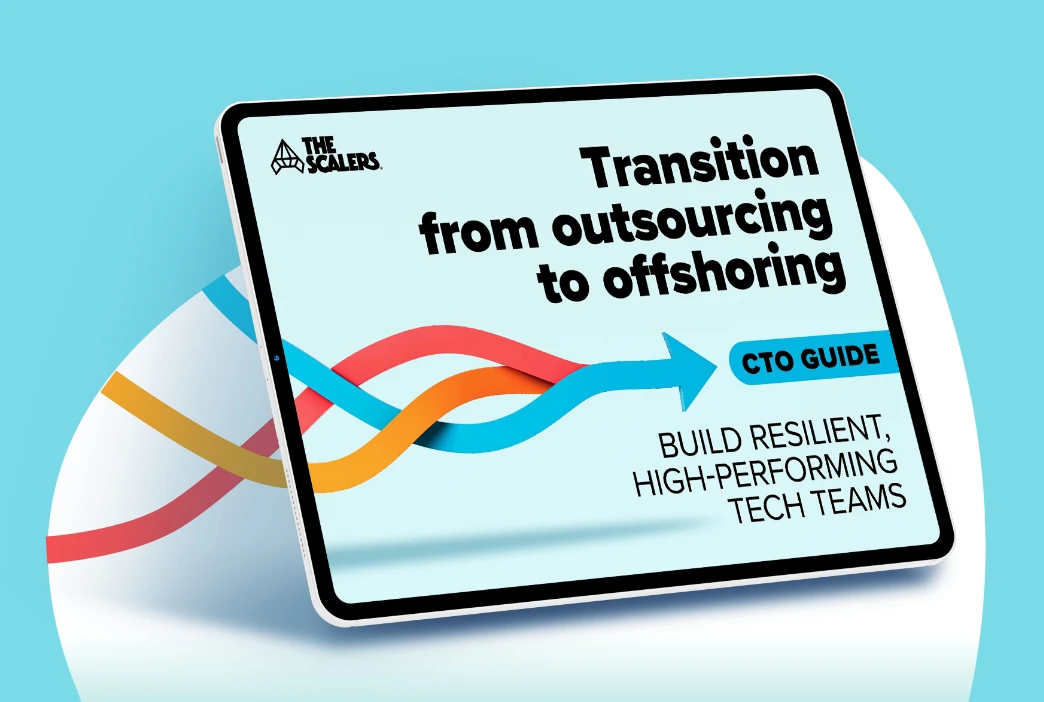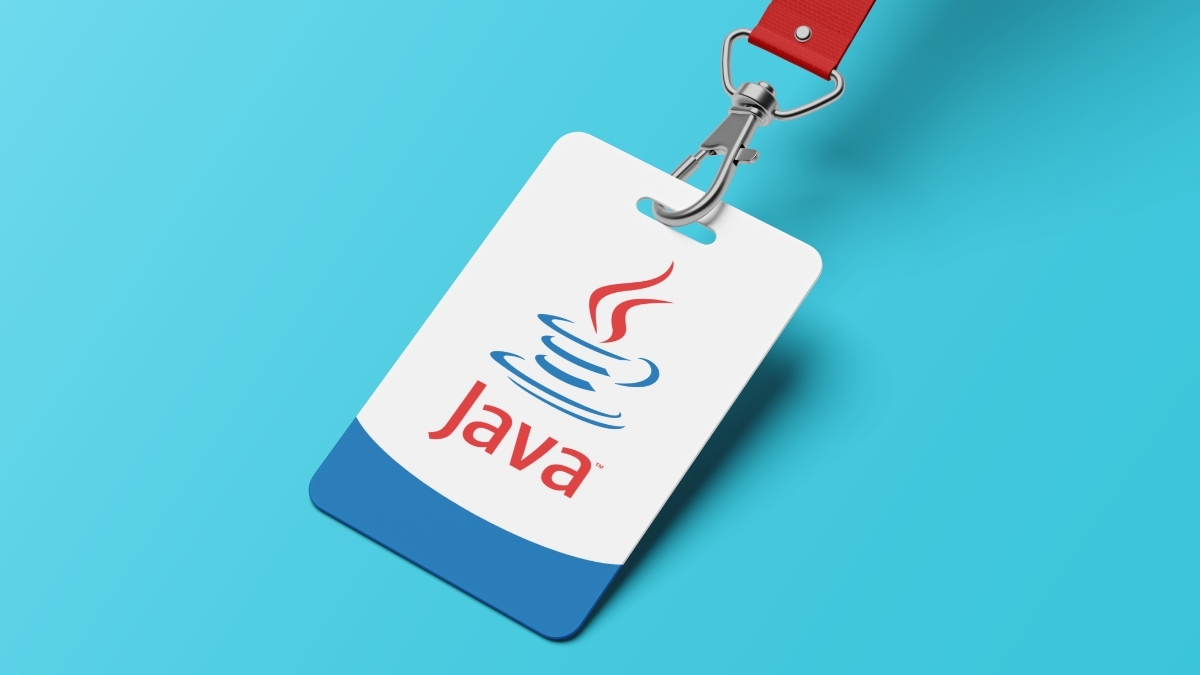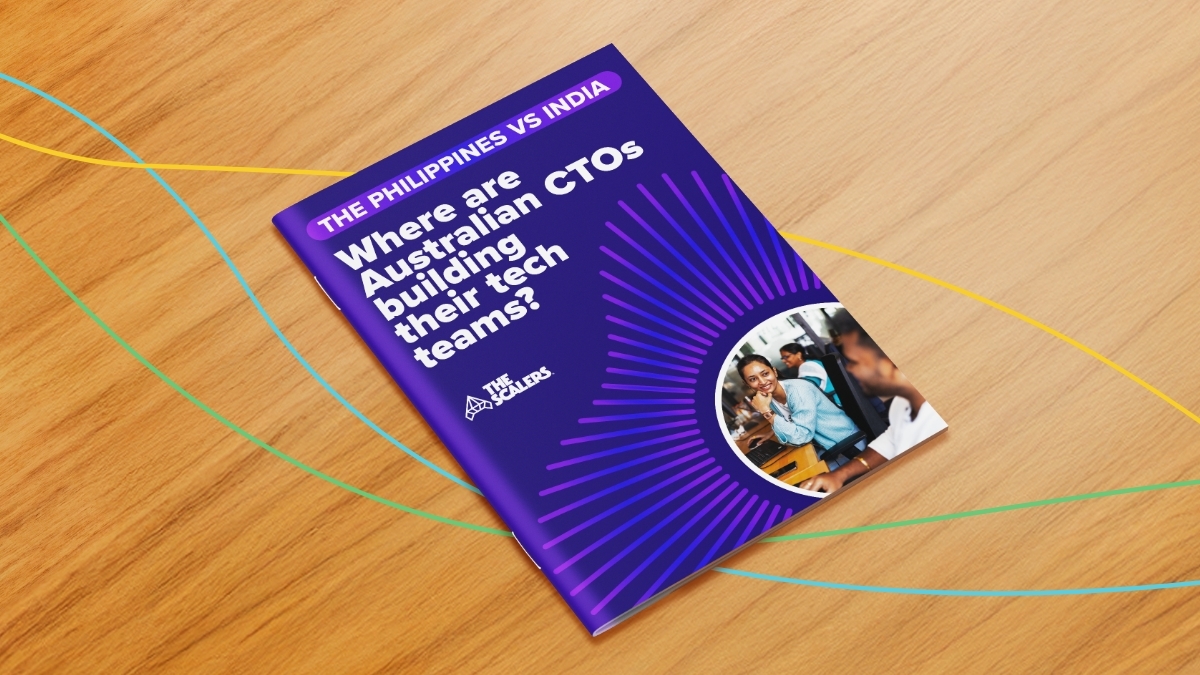This article was previously published for the Forbes Tech Council and was written by our CEO, Emilien Coquard.
AI is unleashing a new industrial revolution.
Just as the steam engine and factories caused an exponential increase in production, so will AI tools in the workplace. It’s no surprise so many CTOs, including our offshore development partners, are exploring how they can best leverage these technologies.
But while AI is going to revolutionise business, like any tool it needs to be used in the right way. And AI code tools are the same. If you don’t adopt it properly, you can cause your company financial and reputational damage.
Here are seven common mistakes to avoid to make sure you leverage AI code tools effectively.
Selecting the first tool you come across
Not all AI code tools are the same.
They use different LLM databases, support different programming languages, and have different feature sets. Just because everyone is talking about the hot tool of the week, doesn’t mean it’s right for your team. There might be a better option that is more tailored to your setup.
So instead of rushing in and buying licences for eight different tools whenever one team member requests it, take a moment to do some proper research and get familiar with the lay of the land.
Action: Conduct an internal review of existing tools and new tool candidates.
Implementing without a clear strategy
How will these tools fit into your development process?
Will you run your AI security checking tool first or last in your testing process? Are developers free to run code-generating tools as they wish, or should they limit their use to smaller blocks of code?
These questions might seem insignificant but they are critical for ensuring these tools are helpful, not harmful.
Action: Prepare a strategy document outlining good and bad practices for using AI coding tools and where they fit within your development strategy.
Failing to mitigate data and security risks
A recent study by a student at Stanford University into AI coding tools showed a troubling takeaway.
They caused more security vulnerabilities than average.
And a survey of software engineers by Snyk agrees. More than 50% reported increased security issues in AI-generated code.
Part of this was environmental, where coders trusted the AI to write quality code. Plus, the code-writing process was more obscure than human-written code, meaning it was harder to check code quality. But the other factor is training data.
AI models are trained on legacy data and often open-source databases which don’t often follow best practices. These often include vulnerabilities leading to AI tools copying the weaknesses.
Then there’s data.
Many AI tools train on the data they are fed and all send their inputs back to the servers where they are based. That means there’s the potential for data leaks. It’s not enough to just trust these tech companies to stick to data regulations, you need to make sure you aren’t disclosing real data.
Neither issue is insurmountable, but both need to be mitigated to prevent costly damage.
Action: In your strategy document, note the associated risks of each tool and how you will mitigate against them.
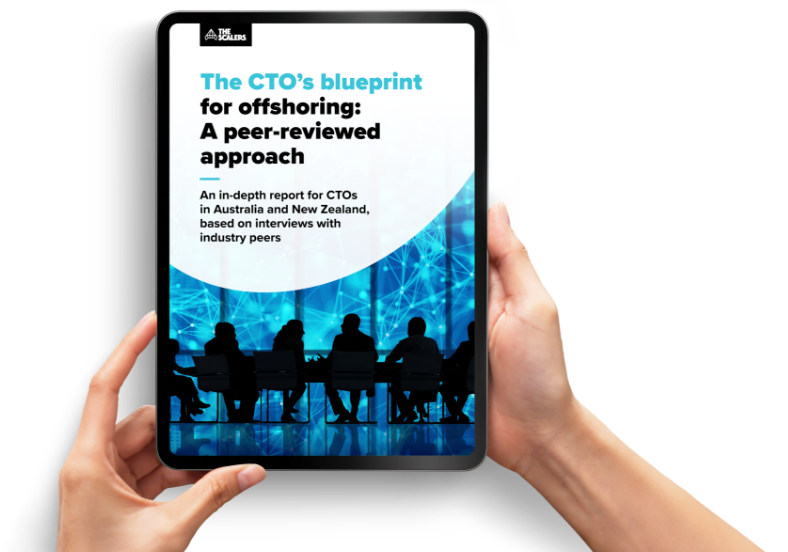
Discover how 100 CTOs in ANZ are building offshore tech teams
DOWNLOAD WHITEPAPERIncreasing Technical Debt
Just because AI can make code that does the job, doesn’t mean it matches your architecture.
While the best AI tools will learn and adapt from your code base, they still don’t have the insights that human engineers do.
Worse of all, the code they produce is rarely human-readable which can make it harder to adapt in the future. Without proper code review and editing from coders and testers, dev teams can end up mired in tech debt.
Action: Ensure you have a proper code review and QA testing for AI-generated code.
Not providing onboarding to engineers
Just because you have a strategy, it doesn’t mean your engineers will apply it.
If you fail to provide proper guidelines to your engineers on how they should use AI tools (and the risks they need to mitigate) then you are inviting staff to misuse them.
And if you do provide proper training, they’ll adapt them faster and more effectively too, leading to greater output and mitigating these other challenges.
Action: Implement onboarding sessions for new engineers on each AI coding tool you use.
Neglecting to monitor the effectiveness of the strategy
Just as developers and other aspects of coding strategy come up for review, so should your AI coding tools.
New tools will come on the market, and you need to make sure your team is saving time thanks to the benefits of AI and not spending more time fixing its mistakes.
Action: Plan a quarterly AI tool review to identify strengths, weaknesses and opportunities.
Thinking AI tools can replace engineers
There’s no doubt that AI coding tools can vastly accelerate the development process, and it is even possible to use them to code with minimal or no development knowledge, but it’s not a safe path forward.
The more heavily we rely on AI tools without proper oversight, the greater the risks we expose ourselves to and the more difficult it is to adapt in the future.
It’s critical to have expert engineers who can refine and rewrite AI code to make it more flexible, reduce technical debt and make it understandable for future development.
The increased productivity of AI tools will give you strategic development options such as accelerating your roadmap, downsizing your development team or a mixture of both. But don’t jump too soon.
If you don’t get your strategy right in the first place, you may find your team spends more time fixing new issues than implementing them.
Action: Supplement your development team with AI coding tools rather than replacing them.
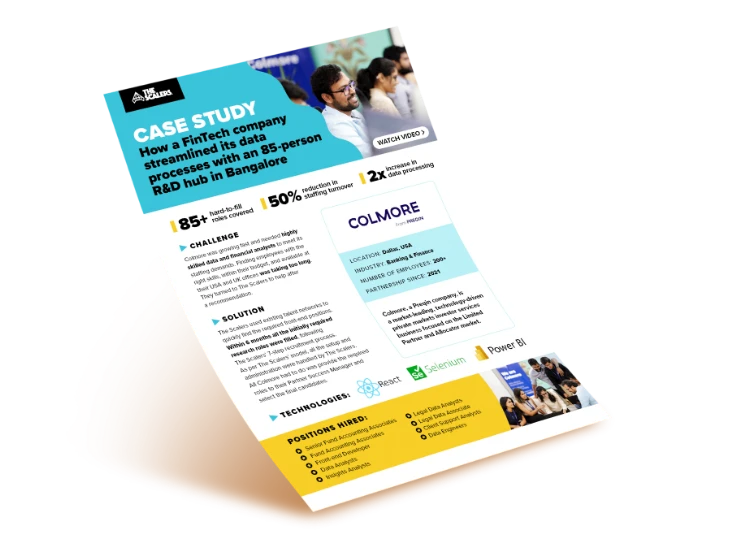
How we helped a FinTech scale its data insights team to an 85-person R&D hub in Bangalore
DOWNLOAD CASE STUDYA boost, not a cost-cutting
Just as the most successful offshoring strategies look to maximise value instead of maximizing savings, so will the optimal AI coding strategy.
By combining the productive boost of AI with the wisdom, expertise, and oversight only a skilled engineer can offer, you’ll avoid these costly mistakes.

